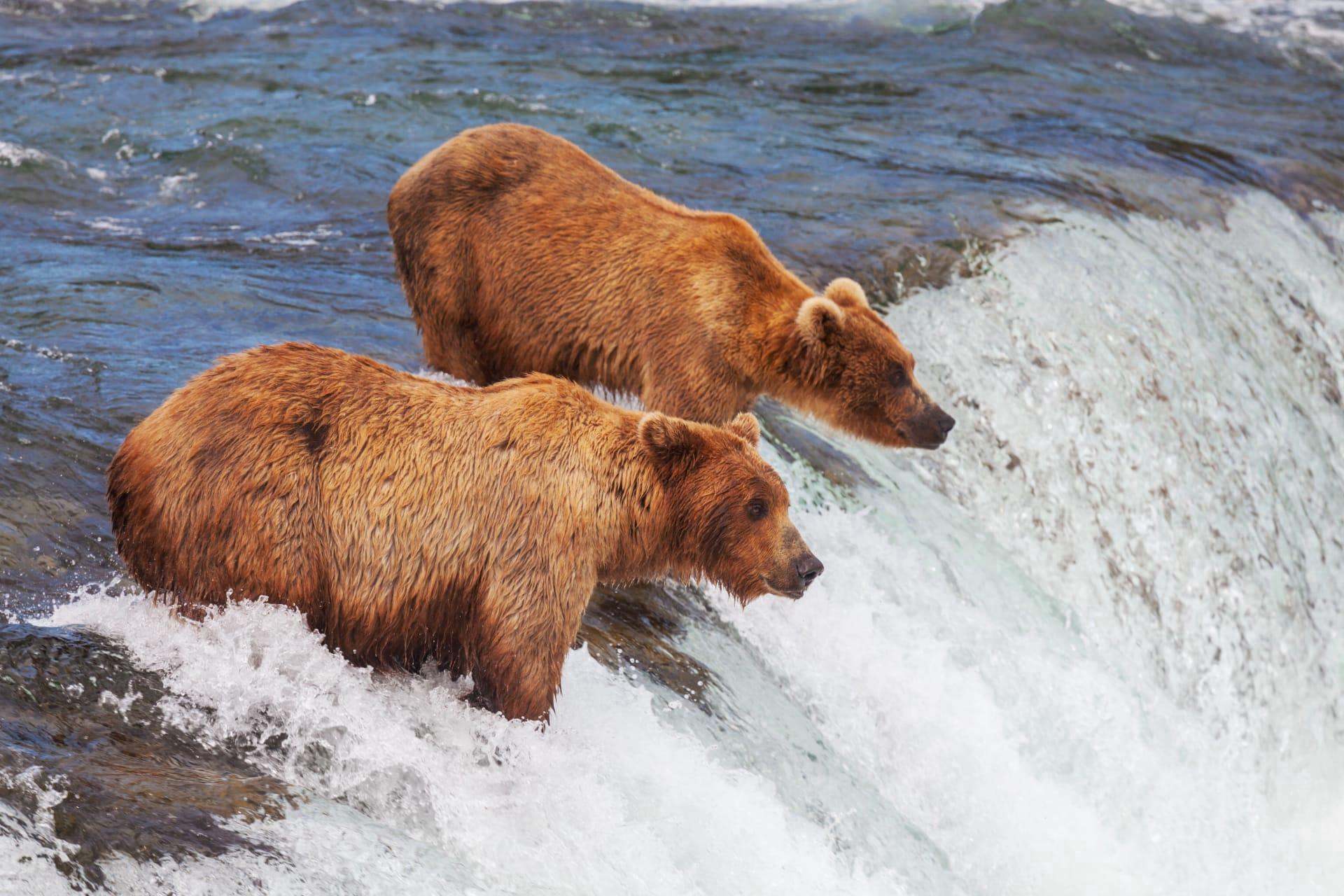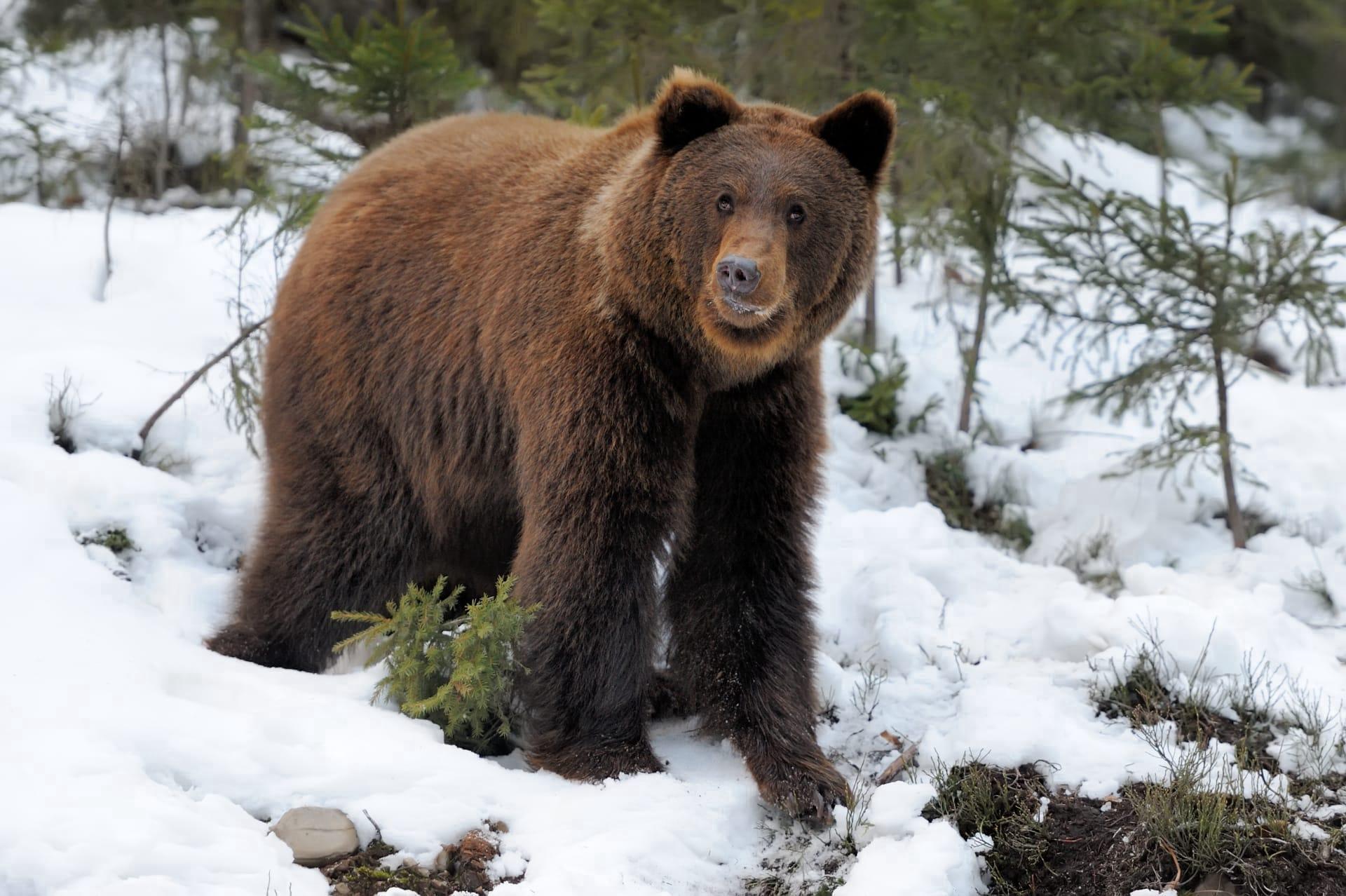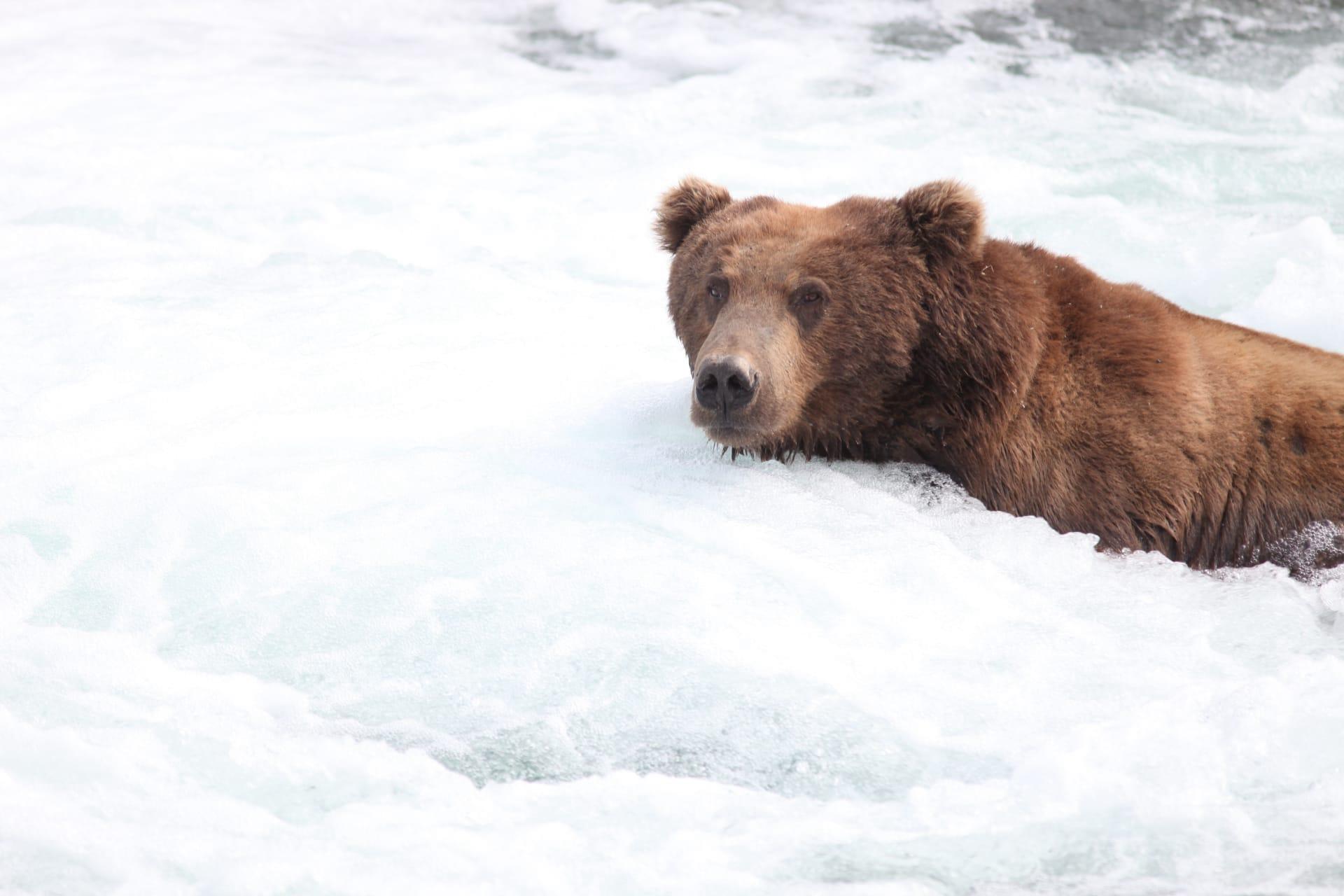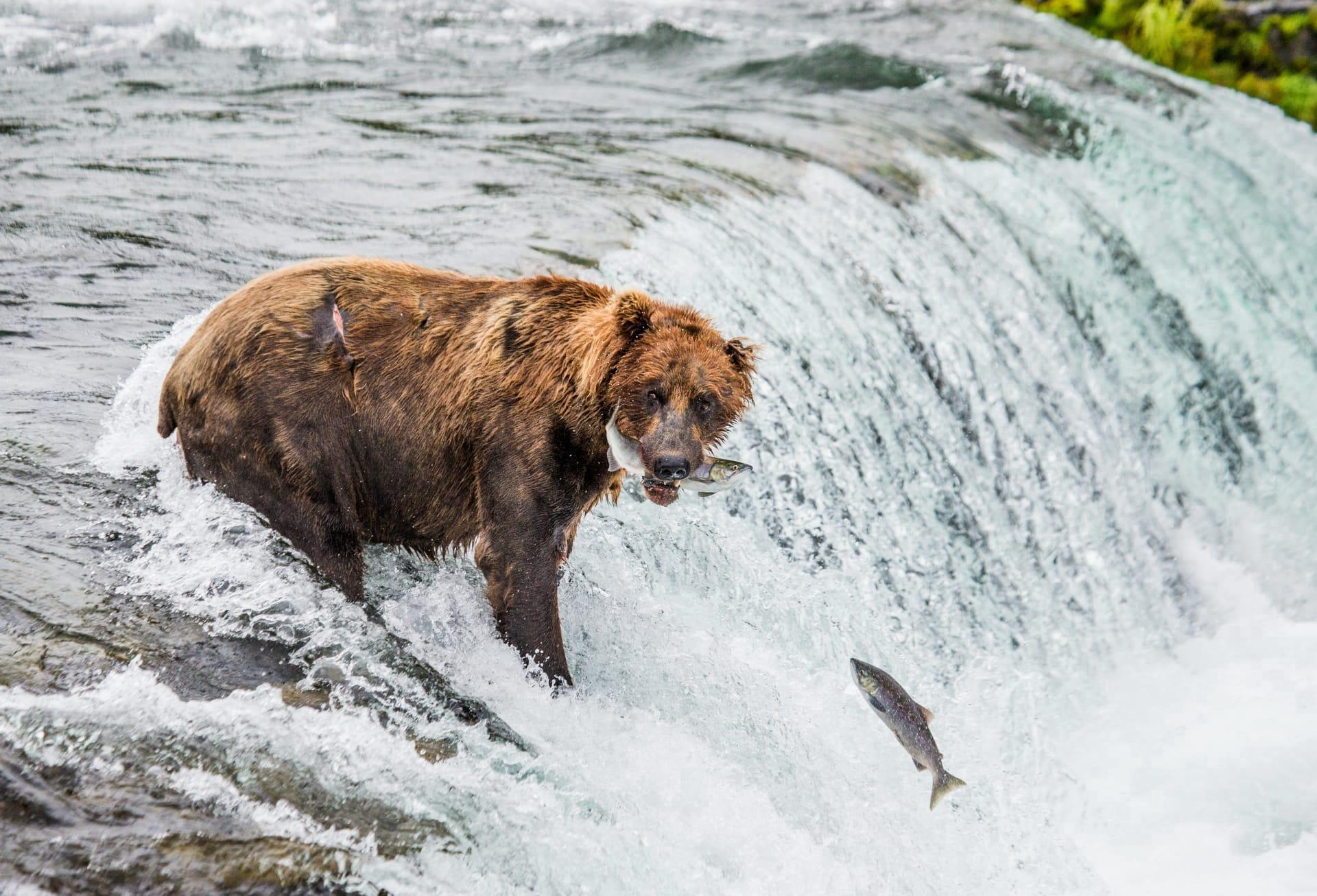Bear
- Home /
- Mini Encyclopedia /
- Animal /
- Bear
1
Bears, fascinating creatures of the wild, belong to the family Ursidae and are distinguished into eight distinct species. The most widespread species is the American black bear, found across North America. Then there's the Brown bear, including the famous grizzlies, occupying areas from North America to Eurasia. The Polar bear, known for its snowy habitat, is predominantly found in the Arctic Circle. Asia hosts the Asian black bear and the Sun bear, while South America is home to the Spectacled bear. The Giant Panda, recognized for its distinctive black-and-white coat, resides mainly in China's bamboo forests. Lastly, the lesser-known Sloth bear, native to the Indian subcontinent, rounds out the group.
Bear populations are spread across the globe, adapting to a variety of habitats. North America's forests, mountains, and cold regions are home to black, brown, and polar bears. The brown bear also extends its range into Europe and Asia, showcasing its adaptability. Asia’s diverse landscapes support the Asian black bear and Sun bear, thriving in forests and mountainous regions. The Giant Panda's presence is confined to the bamboo forests of central China, where it feeds primarily on bamboo. South America’s Andean region provides a habitat for the Spectacled bear, the continent's only bear species. The Sloth bear, adapted to the hot, dry forests and grasslands, is found in India, Sri Lanka, and surrounding areas.

2
Question: Do bears hibernate during winter?
Answer: The concept of bear hibernation is often misunderstood. Bears do enter a lethargic state during winter, known as torpor. Unlike true hibernation seen in some small mammals, where the body temperature drops significantly, bears maintain a body temperature close to their normal range during torpor. This allows them to wake up more quickly if disturbed. During this period, they rely on fat reserves accumulated over the year, drastically reducing their activity and metabolism. This adaptation helps them survive the winter months when food is scarce.

3
Bears have developed remarkable survival strategies to thrive in diverse environments. One key strategy is their omnivorous diet, which includes plants, insects, fish, and mammals. This varied diet allows them to adapt to different food availabilities across seasons and habitats. For instance, brown bears heavily rely on salmon during spawning seasons, while pandas almost exclusively eat bamboo.
Another survival tactic is their ability to gain significant weight before winter. This is especially vital for species like the polar bear and brown bear, which experience harsh winters. They accumulate fat to survive the winter months when they enter a state of torpor. This ability to store energy efficiently is crucial for their survival in extreme climates.

4
In ecosystems, bears play a multifaceted role. As apex predators and scavengers, they help control the population of certain species, maintaining the balance in the food web. For example, brown bears preying on salmon impact the fish population, indirectly influencing the aquatic ecosystem.
Bears also act as seed dispersers. Their diet, which often includes fruits, aids in the dispersal of seeds through their feces, promoting forest regeneration. This is particularly evident with the American black bear, whose eating habits support the spread of various plant species. Furthermore, by disturbing soil and vegetation during foraging, bears contribute to habitat diversity, benefiting a range of plant and animal species.

5
Film: "Bears" (2014) is a captivating documentary produced by Disneynature in the United States. It follows the life of a bear family in Alaska, particularly focusing on a mother bear named Sky and her cubs, Scout and Amber. The film beautifully captures their journey for survival and the challenges they face in the wild, offering an intimate glimpse into the lives of these majestic creatures.
Book: "The Bear Almanac" (United States, 1993), authored by Gary Brown, is an informative guide offering a comprehensive overview of bears. This book delves into the biology, behavior, and conservation of various bear species, making it a valuable resource for anyone interested in these magnificent animals.
Book: "Bear Attacks: Their Causes and Avoidance" (Canada, 1985) by Stephen Herrero. This book, written by a renowned bear expert, explores the reasons behind bear attacks and provides practical advice on how to avoid them. It's a blend of scientific research and real-world experiences, offering crucial insights for outdoor enthusiasts and wildlife researchers.